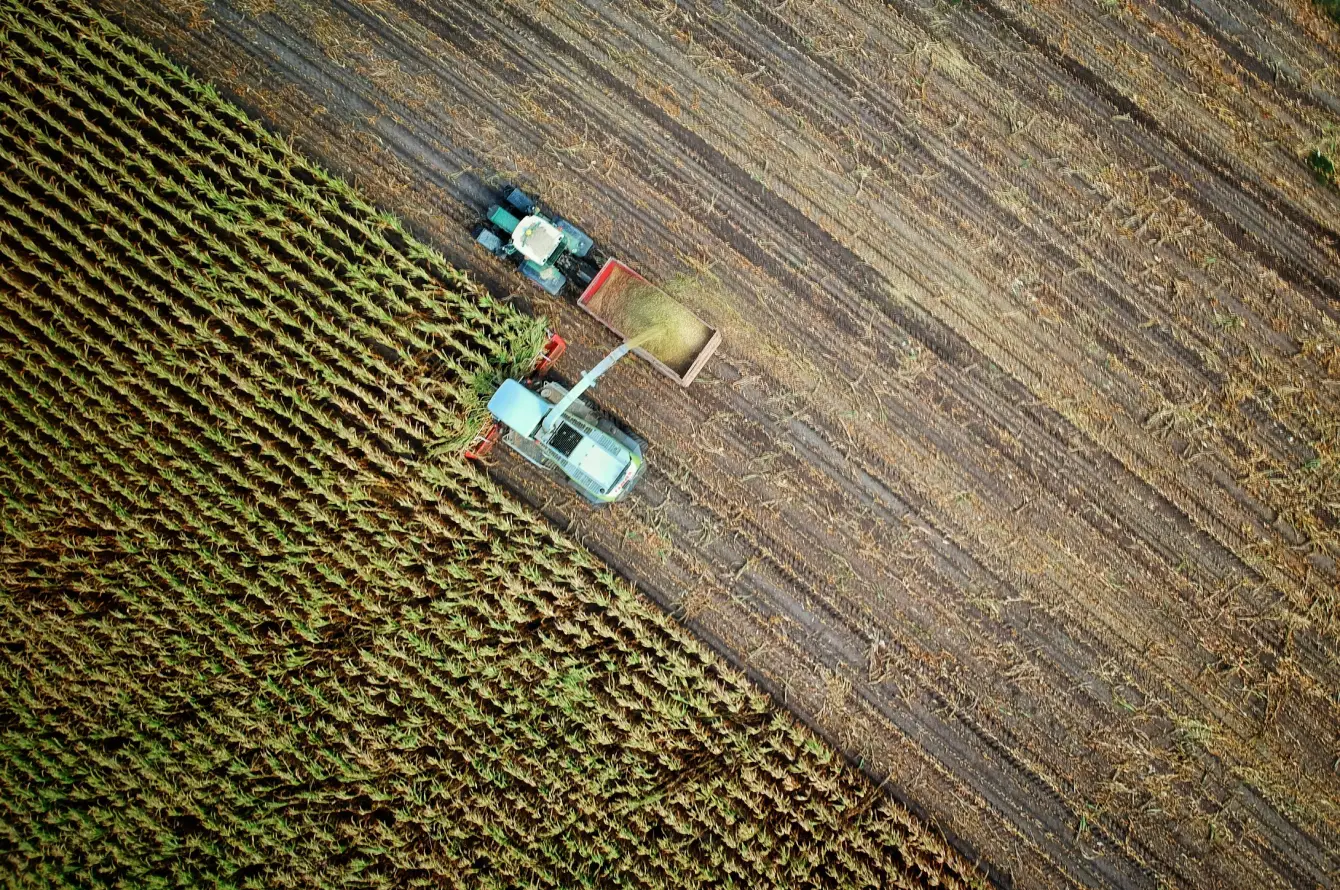Double Materiality Assessment (DMA) in short
- The European Sustainability Reporting Standards (ESRS) require a company to disclose its material impacts, risks and opportunities in relation to sustainability matters.
- The Double Materiality Assessment (DMA) is the process by which the company determines the materiality of sustainability Impacts, Risks and Opportunities (IROs).
- The IROs offer an inside-out analysis, the impacts that the company has on people and environment through its activities, as an outside-in analysis, the risks and opportunities that the environmental and social situations and developments pose to the company (risks and opportunities).
- The scope of the DMA also includes the identification of material IROs connected to the company through its direct and indirect business relationships in the upstream and/or downstream value chain.
- Although the ESRS do not mandate how the DMA shall be designed or conducted by the company, the company is required to design a process that is “fit for purpose”.
Why is there a need for the Double Materiality Assessment?
As outlined in ESRS, a company shall “disclose about its material impacts, risks and opportunities in relation to environmental, social and governance, sustainability matters”. Enabling users of the sustainability statement to “understand the company’s material impacts on people and environment and the material effects of sustainability matters on the company’s development, performance and position”.
The need for the Double Materiality Assessment is therefore that:
- According to the ESRS a company needs to disclose the material IROs related to the company.
- Because companies may differ greatly, there is no prescribed list of material IROs for every company. Because of these differences, both the sustainability matters may differ as well as the materiality may differ between companies.
What is the Double Materiality Assessment?
The Double Materiality Assessment (DMA) is the process by which a company shall identify and determine the material topics on sustainability Impacts, Risks, and Opportunities (IROs). The Impacts are all the positive and negative effects, real or potential, on people and the environment, which are linked to the company’s activities (the inside-out perspective). The Risks and Opportunities are all the positive and negative effects, real or potential, on the company, which are linked to Social and Environmental developments (the outside-in perspective).
The key concepts of the Double Materiality Assessment
Although the process itself is not determined in detail by the ESRS, the company is required to design a process that is fit for purpose. Key concepts in the DMA are:
- The scope
- Identification of IROs
- Stakeholders
- Determining the materiality
The scope
The DMA is used to identify material IROs connected to the company, including those through its direct and indirect business relationships in the upstream and/or downstream value chain. When reporting Material topics, they are frequently classified as “own operations”, “downstream” or “upstream”, indicating the occurrence of Material topics in the value chain.
Another aspect of the scope is that Impacts include those connected with the company through its business relationships throughout the whole value chain (own operations, upstream and downstream) and are not limited to direct contractual relationships. (ESRS 1 art. 43)
Identification of Impacts Risks and Opportunities
Although the ESRS 1 paragraph AR16 provides a list of sustainability matters, the company shall disclose any material IRO regardless of whether it is not covered or not sufficiently covered by an ESRS.
Therefore, a company should determine a ‘long’ list of IROs, using the ESRS topic list as a useful start in addition to their assessment process.
Documenting the long list is useful for both the reporting requirements and the process of assessing the materiality of the IROs.
Stakeholders
According to ESRS 1 there are two main groups of stakeholders, affected stakeholders and users of sustainability statements.
Affected stakeholders are individuals or groups whose interests are affected or could be affected (positively or negatively) by the company’s activities and its direct and indirect business relationships across its value chain (ESRS 1 art. 22). Affected stakeholders may also include non-human stakeholders like “Nature” (defined as a silent stakeholder).
Users of sustainability statements are the primary users of general-purpose financial reporting and other users of sustainability statements.
Determining the materiality
A sustainability matter is determined as “material” when it meets the criteria defined for impact materiality or financial materiality, or both (Double materiality include the two dimensions of impact materiality and financial materiality, but when its deemed material on only one dimension, it’s considered material!).
When assessing the materiality, it is important to notice that the scoring of materiality is done on a “relative” scale. Meaning that the IROs are to be ranked in relation to each other, not scored in relation to the complete sustainability matter (e.g. when scoring the materiality of CO2 emissions of a company, it shall not compare that to the total emissions worldwide, but rate the matter in relation to the other sustainability matters of the company).



